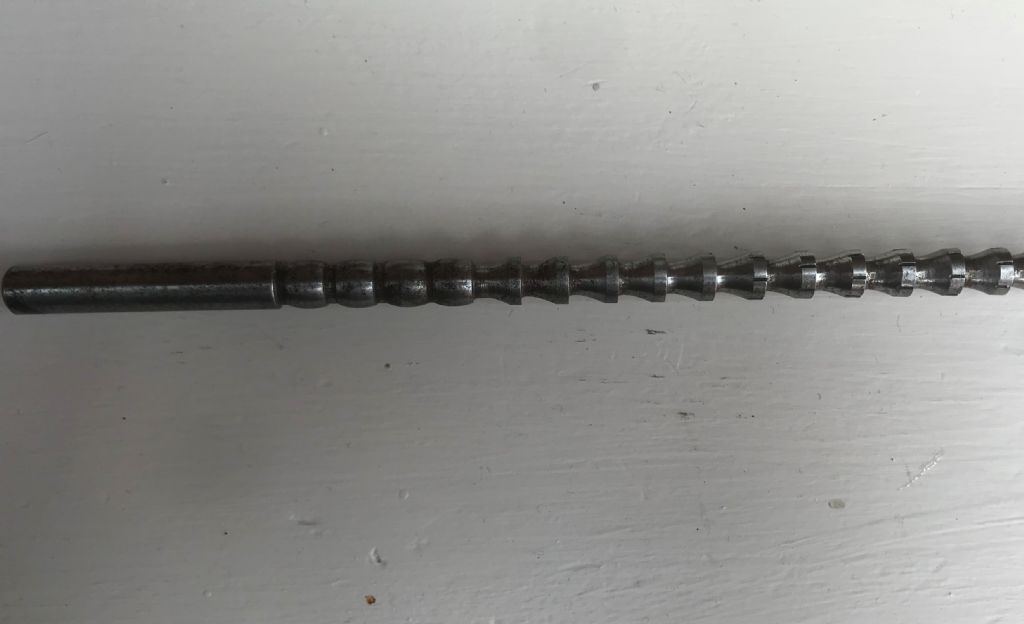Did the machine shop make the guides? No parts availability for my engine so everything needs to be made or adapted. I did think of getting spiral inserts fitted, though. Which machine shop did you use?
I reference the seat off the guide bore but like to achieve a concentric guide to minimise material removal from the seat. My valve refacer finishes the valve head to within 0.01mm concentricity to the stem and I like guides to have no more runout than this. This makes for a seat that only needs a light dressing to restore the angles and seat width and no need to grind in the valves.
My ML7 has a lever tailstock feed, which makes for rapid and frequent pecking to clear chips, but even with premium, new drills the hole will wander slightly with smaller holes. Last winter I checked my lathe alignment as I had a batch of guides to make in a larger size (6.98mm bore) and these turned out perfectly. I was able to use a solid carbide boring tool and then finish ream with a LH spiral carbide reamer and machine the outside and bore without removing the guide from the chuck for the main finishing. They only needed re-chucking to machine the oil seal register. I'll try different techniques and take a look at 'gun drilling' and D-bit finishing – I'd like to improve my methods of drilling deeper, small diameter holes accurately.
Mick Bailey.





